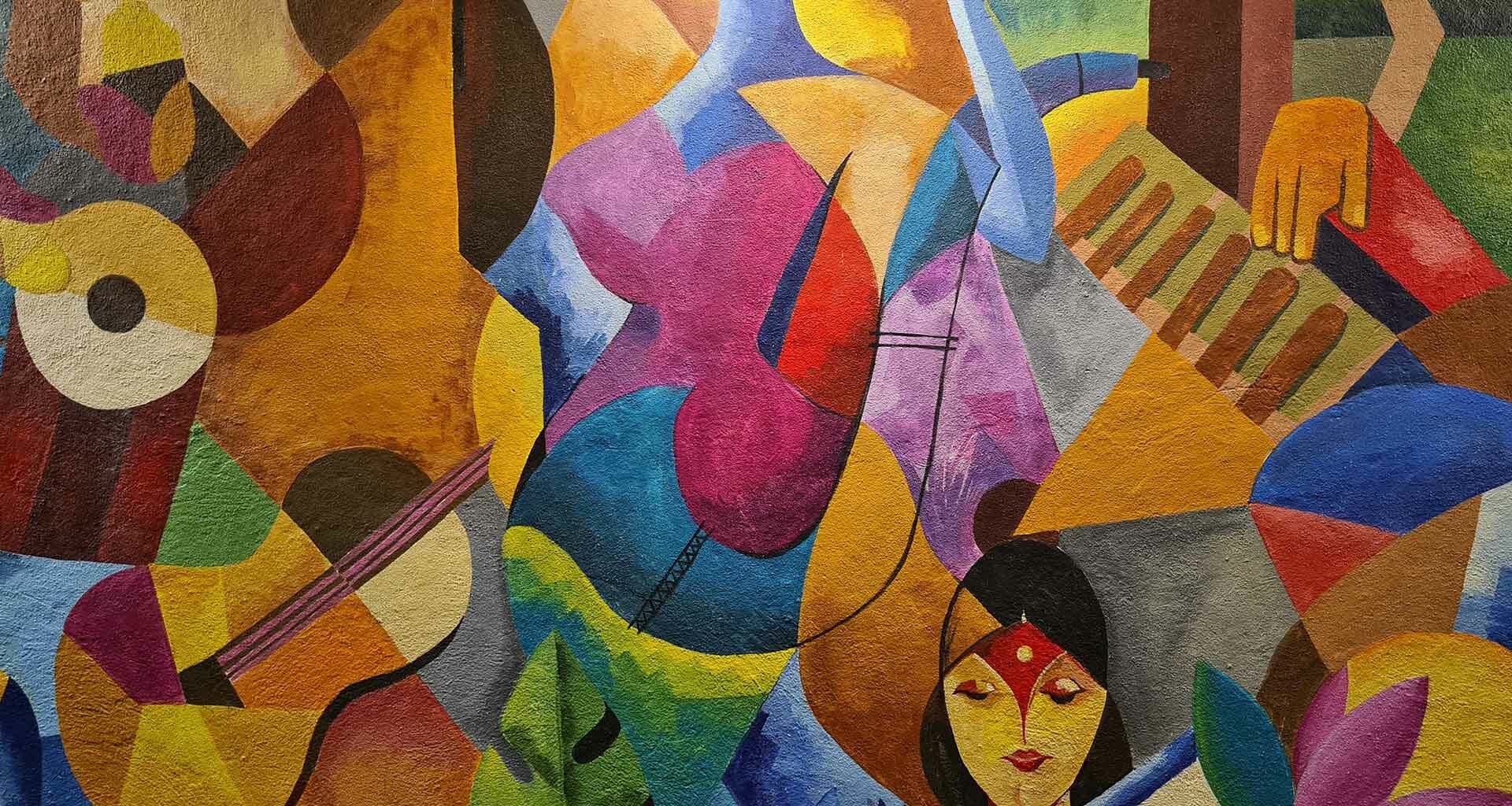The spectacular rise of generative AI has raised new questions about what it means to be a UX designer. There is a lot of excitement, nervous anticipation, and understandably a lot of fear as well in UX design circles. The primary cause for alarm amongst UX designers are tools like ChatGPT and Midjourney which are astonishingly good at creating content and image outputs based solely on text prompts. Is this the end of the road for creative professionals? I tend to disagree. The invention of the camera did not make artists obsolete.
by Saurabh Gupta
It led to their growth & evolution and the creation of art movements that were more profound in their impact than ever before. So, paradoxically, the invention of the camera made the artist more valuable. Similarly, I believe, generative AI will make the designer more important and empowered than ever before. Generative AI will do for UX designers what the printing press did for writers. Far more diminishing, AI will in fact enhance a UX designer’s ability to craft more delightful experiences in shorter periods of time.
Before we do a deeper analysis of the impact of AI on UX, let’s first step back and unpack the discipline of UX design itself. The last 20 years of my life have been dedicated solely to the pursuit of crafting exceptional digital experiences for companies across the globe. Over the years, as a UX design consultant & evangelist, I have often been asked to define ‘User Experience’. The answer I prefer the most is: UX is a feeling. It’s the feeling you are left with after using a product or service. A UX designer’s job is essentially to use the art & science of design to engineer that feeling. So, my job in a nutshell for the last two decades has been to: create positive experiences that lead to positive emotions which in turn lead to positive business outcomes.
Since UX is the science & art of crafting human emotions, UX design requires very human qualities to practice as a discipline. Qualities such as emotional intelligence, empathy, intuition, imagination, etc. The ability to put yourself into another human being’s shoes and see the world from their perspective is absolutely essential to the discipline of UX design.
Therefore, it’s not a surprise that the best UX designers are those that are emotionally sensitive, compassionate, inventive, and great at storytelling. Are these qualities that you would typically associate with AI tools? Not really. If AI does not possess these qualities, how can it make any impact on UX design? AI’s impact on UX will be immense, precisely because it’s good at other things. Things that are a perfect complement to human qualities.
Good AI tools are fast, efficient, analytical, and seemingly limitless in their information processing capacity. It’s this complementary set of skills that makes the prospect of AI-powered UX a game-changing next step in the evolution of digital user experiences.
Here are four ways generative AI tools will impact the UX design landscape in the years to come…
- Better design briefs: If you spend enough years doing UX design, you realise that the most important part of a design process is not doing the design itself but defining the problem. If you define the problem well, the solution is the easy part. Problem definition is a complex skill that requires years of experience to get good at. A well-defined problem statement is concise yet comprehensive. It says a lot with very few words and brings complete clarity and laser-like focus to the essence of a design problem. Generative AI tools like ChatGPT can really elevate a UX designer’s ability to distil disparate inputs into a crystal clear design brief. Using AI to craft design briefs may seem like a small thing but this is where the right use of AI tools at the right place can have a disproportionate impact on the quality of the overall user experience. A good experience is almost impossible to create without a good design brief, so it’s worth leveraging the power of generative AI’s large language models to do what a human will take much longer to do and perfect.
- Deeper research, faster iterations: Today, a large part of the entire duration of a UX design project goes into managing the design iteration cycles. To make up for a lost time, UX designers usually have to rush through user research and testing phases. Generative AI is very good at churning out lots of design options in a very short amount of time. As a result, AI will take over the grunt work of laborious design iteration cycles, leaving more time for the designer to focus on in-depth stakeholder visioning, user research, and testing.
- End of dummy text & visuals: Navigation, Presentation, Content & Interaction are the four fundamental pillars of UX design. Generative AI is definitely a game changer for the content and presentation pillars. Once you get the hang of writing good prompts, AI tools can churn out a surprisingly good image and copy outputs in an instant. Unlike a search engine on which you have to manually sift through a large number of relevant results, generative AI actually stitches together a single highly relevant output based on the specific words in your prompt. Before AI, UX designers used to rely on dummy text & visuals for screen mockups and ask clients to imagine the end-state, that era has now come to an end. Post the wireframing stage of the design process, screen mockups will now represent the actual reality of what the end user will see.
- Fewer hand-offs: UX design is traditionally split across four types of roles: Designers, researchers, visualizers & writers. In the last few years, these roles have started converging into one generalist UX designer role that handles the entire UX design process from research, wireframing, and visual design to testing. Generative AI’s writing & visual design capabilities will further accelerate this role convergence toward creating more UX generalists. UX designers will be able to do a lot more across the entire design process by themselves without having to do multiple design hand-offs with visual designers and writers. Fewer hand-offs would mean fewer things getting lost in translation and tighter alignment between the various UX elements.
I believe generative AI will lead to a new normal for digital experiences. In this new normal, most digital interfaces will be able to demonstrate a baseline level of good UX design. However, moving above this new normal and creating a differentiated ‘purple cow’ experience will still require human ingenuity and open the doors for a new era of digital innovation. At the end of the day, relying solely on AI or humans will not create the desired impact. It’s the combination of artificial & human intelligence that will lead to the next generation of exceptional user experiences.

Saurabh Gupta is Co-founder of ZEUX Innovation
This article originally appeared in The Times of India.
Photo by Mayur Deshpande on Unsplash.













